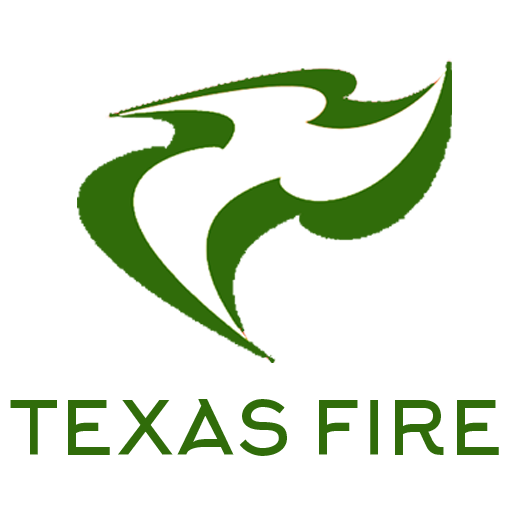Rural Brownsburg Homes Face Hidden Mold Threats from Poor Ventilation Systems
Rural homes in Brownsburg, Pennsylvania, face unique challenges when it comes to mold growth, with poor ventilation being the primary culprit behind extensive remediation projects. Stagnant air prevents moisture from escaping, creating a humid environment that’s perfect for mold spores to settle and spread, making proper airflow critical for maintaining healthy indoor environments.
Why Rural Brownsburg Homes Are Particularly Vulnerable
Older homes, especially those built before modern moisture-resistant materials were common, are more prone to mold due to outdated plumbing, poor insulation, or unaddressed leaks. Areas with a higher concentration of older homes, such as parts of Miami, Tampa, or rural communities, face increased risk. This reality hits close to home for many Brownsburg residents living in historic properties that lack modern ventilation systems.
In the pursuit to try to seal off our home’s as tightly as possible from the cold winter weather we, unfortunately, leave little room for proper home ventilation. Well, if you live in an area that experiences cold winters, you know that during the winter months your goal is to limit the intake of cold winter air in your home as much as possible but in this pursuit, you trap in moisture and humidity that create’s the perfect environment for mold to grow.
The Science Behind Ventilation and Mold Growth
Mold thrives in damp, dark, and poorly ventilated areas. When these latent areas lack adequate ventilation, it can trap heat and moisture, creating the perfect environment for mold to grow. When indoor humidity levels rise above 60%, it creates a damp environment conducive to mold growth. High humidity causes condensation on walls, ceilings, and windows, especially in areas with poor insulation or temperature regulation. This moisture can seep into porous materials like drywall, carpet, insulation, and wood, creating ideal breeding grounds for mold spores.
Once humidity becomes a constant, mold can begin to grow in as little as 24 to 48 hours. This rapid timeline means that ventilation problems can quickly escalate into serious mold infestations requiring professional intervention.
Common Problem Areas in Rural Homes
Certain areas within our homes are more susceptible to poor ventilation. Bathrooms, kitchens, basements, and crawl spaces are notorious culprits due to high moisture levels, inadequate ventilation systems, or restricted airflow. Basements and attics often lack proper ventilation, making them common hotspots for mold in the fall.
Mold in these homes often appears in hidden areas like behind walls, in attics, or under flooring, where water damage goes unnoticed. This hidden nature of mold growth makes regular professional inspections crucial for rural homeowners.
Health and Structural Consequences
Mold in Latent Areas can lead to a variety of health issues. Mold spores can enter your living spaces through your HVAC system, affecting the air quality in your home. Exposure to mold can cause allergic reactions, respiratory issues, and in severe cases, neurological problems. Those with existing respiratory conditions, like asthma, may experience worsened symptoms.
Beyond health concerns, mold is not just an aesthetic issue. It can cause serious structural damage to your home. As mold grows, it feeds on organic materials like wood and drywall, which can weaken the structural integrity of your home over time. This can lead to costly repairs and even make your entire home unsafe to live in.
Prevention Through Proper Ventilation
Ventilate your house for a minimum of 30 minutes daily. Cross ventilation is necessary, so interior doors must be opened along with windows on opposing sides. Install Dehumidifiers: A dehumidifier can help maintain balanced humidity levels, particularly in areas like basements. Aim for a humidity level of 30-50% to keep mold spores from thriving.
Ensure Proper Ventilation: Use exhaust fans in bathrooms and kitchens, and open windows regularly to improve air circulation. Proper ventilation can help reduce moisture levels and prevent mold from taking hold.
When Professional Help Is Needed
Prompt action by professionals is vital following incidents of water damage since mold can begin proliferating within a day or two in moist environments. If you’ve taken measures such as improving ventilation and yet face ongoing problems with mold, this strongly indicates that specialist remediation services are required. These experts possess the necessary skills and equipment to comprehensively tackle infestations, safeguarding both your home’s condition and its occupants’ health.
For Brownsburg residents dealing with persistent mold issues, professional mold remediation in brownsburg services offer comprehensive solutions that address both visible mold and underlying ventilation problems.
Expert Solutions for Brownsburg Homeowners
We’re a local company that values the health of the Bucks County community, using trusted techniques to find and address mold in homes and businesses alike. Our goal is to make indoor spaces safer and healthier for everyone. We don’t just remove mold; we find the source and fix it to prevent it from coming back. We keep you informed every step of the way, from inspection to remediation.
With over 15 years of experience, Macks Mold Removal LLC is committed to excellence in every aspect of our business. We uphold a standard of integrity bound by fairness, honesty, and personal responsibility. Our distinction is the quality of service we bring to our customers. Accurate knowledge of our trade combined with ability is what makes us true professionals.
Rural Brownsburg homes don’t have to suffer from poor ventilation and the mold problems that follow. With proper understanding, prevention measures, and professional help when needed, homeowners can maintain healthy, mold-free environments for their families.
